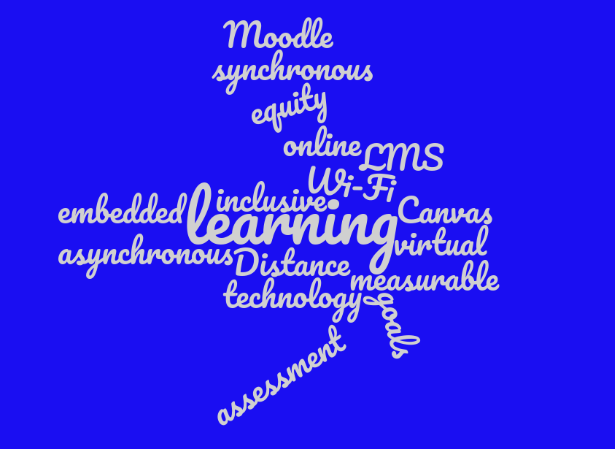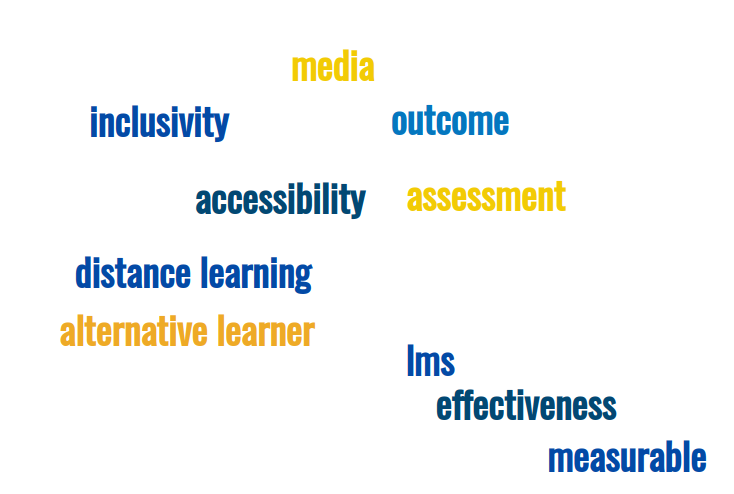I can think of one particular instance where scope creep completely changed the direction and parameters of a project. I was a librarian at the time and was tasked by the director to create a short brochure for faculty to tell them about our library’s budget, resources, and how we had allocated them. I produced the document, the director had a few minor suggestions about representations of graphs and color choices, and proclaimed it a job well done. I thought the project was completed.
The assistant director liked the final result but wanted to expand on the idea. She thought it would be good to triple the content of the document and introduce portions of the brochure that would document faculty services beyond library resources, to include what librarians did to manage the institutional repository, train faculty on submitting academic articles to journals via new software, and how many research workshops and semester-long research courses librarians taught, including enrollment and tuition funds generated.
That was all well and good, and a compliment of sorts regarding how much they liked the initial brochure. But this required harvesting data from many more units of the library in a short time frame. It had taken about a week to create the initial brochure that only dealt with the library budget and resources, which had required talking to one department. Now they wanted this new, much-expanded document in only another week.
My colleagues and I dealt with this as a fire-drill kind of operation, dropping some tasks and pushing them off to later in the month to deal with this new, quick-turnaround project. It ended up working out just fine– we produced a new document that faculty found useful and reflected well on the library. However, we were a smidgen irritated that this wasn’t the initial task set out from the get-go. If our director and assistant director had initially requested all of the extra data and work with a two-week turnaround it still would have been arduous, but at least we would have been given more time to plan, divvy up work, and delegate. It worked out that time because it was the summer, many students were not on campus, and we were able to rearrange our schedules to accommodate a vastly expanded project. But in the future, if I had to do this project revampment and scope expansion during the middle of the year, I may have tried to negotiate an extension, or asked if we could create a new, later-due date project to accommodate the new request. It is important to have a process in place for asking for and agreeing to a change in process (Starr, 2010). Going forward, it would have been good to spell out what would happen if a project was going to rapidly expand in scope, to acknowledge that this would have a hand-in-hand increase in workload and maybe an extension in the time needed to do the project as well. The scope of the project definitely tripled. It worked out, but adjusting the timeframe for the new scope definitely would have made the process better.
Reference:
Starr, J. (2010). California Digital Library. Taking the Creep out of Scope Creep. Retrieved from https://cdlib.org/cdlinfo/2010/03/22/taking-the-creep-out-of-scope-creep/

